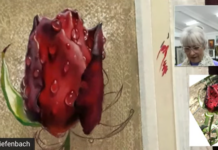Oil painting and color mixing for beginners > Avoid these bad painting habits and learn how to keep your colors clean and fresh. The following is part of a series featuring a leader in the art community who joined us on the faculty of Realism Live 2023.
By Pat Fiorello
patfiorello.com
For as long as I’ve been painting and teaching (25+years), I have heard painters bemoan the dreaded “mud.” In almost every workshop, someone inevitably proclaims, “My problem is… my paints get so muddy.”
I don’t know if there is an official definition for “mud,” but whenever I hear that expression, I think of dull and lifeless paint. It has no spark. It just lays there like a big, dead sinkhole on your canvas, dragging the rest of the painting down. And to be clear, “mud” is distinct from neutralized color. Browns, greys, and other neutrals are just less saturated colors, but still can have plenty of life and beauty and are essential for most paintings.
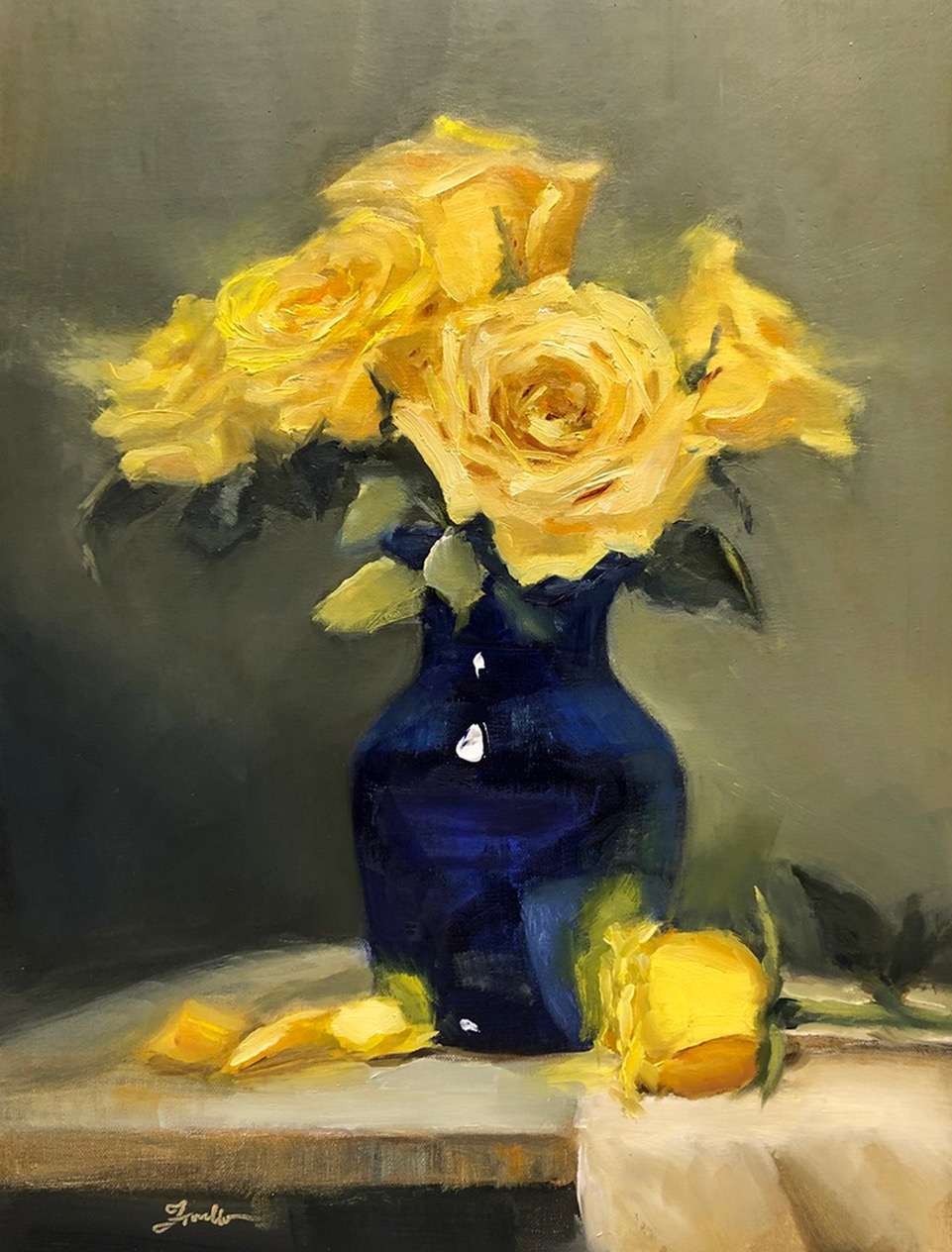
A myriad of factors can contribute to muddy paint. There is no one silver bullet guaranteed to eliminate mud altogether, but I’ll share some of my favorite tips to help your paint color stay fresh and vibrant.
Sometimes small habits, even things you may not be aware you are doing, might be hindering your painting results. So, pay attention to how you are mixing and applying your paints. All these traps will not apply to you, but there might be one or two you hadn’t considered before that unlock the secret to fresher color for YOU. So, take a look and give something new a try. Please don’t take these as absolute “rules.” There are many valid ways to paint. These are just painting habits I’ve found over the years that have helped me keep fresher color in my paintings.
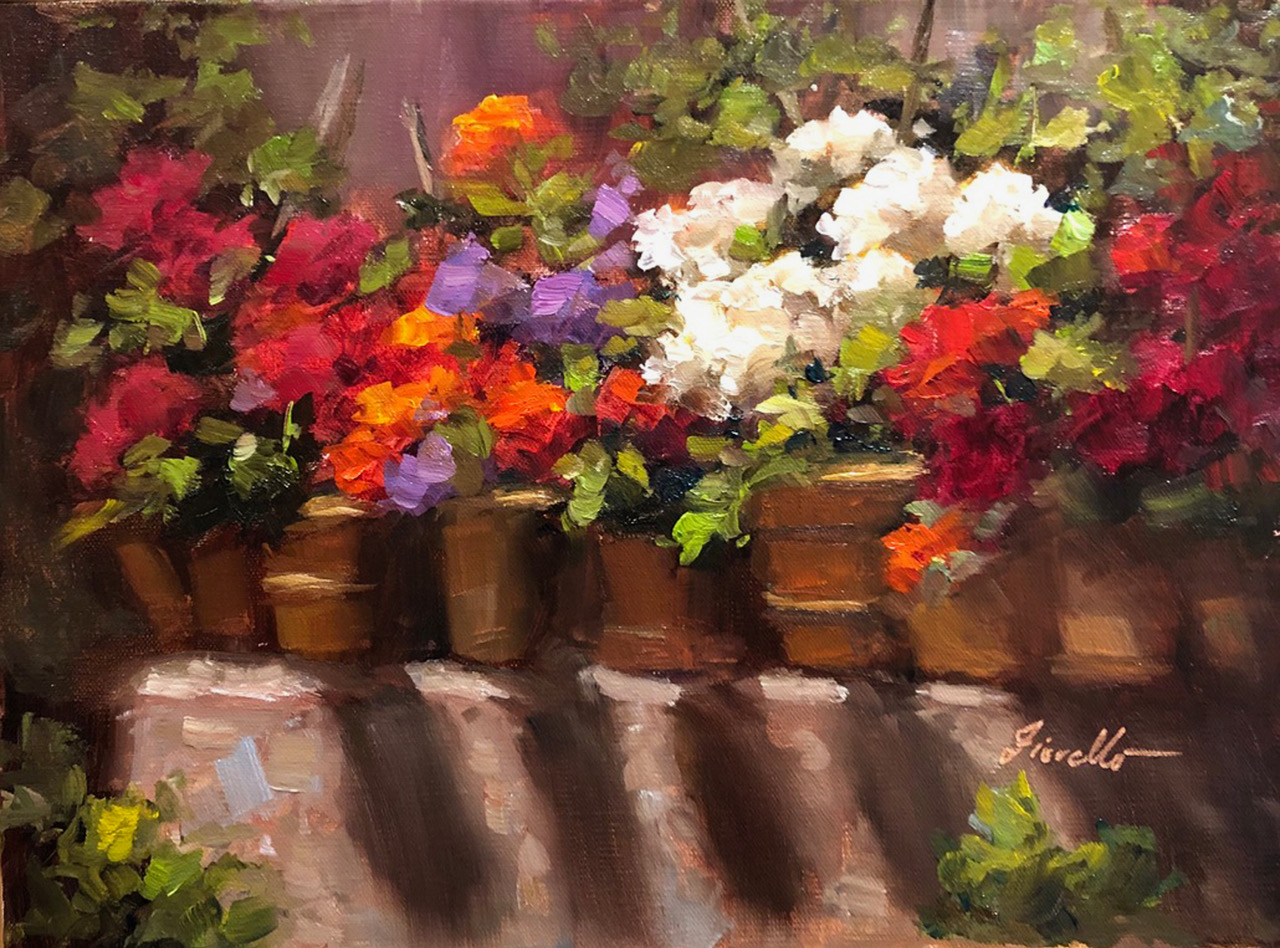
10 Ways to Avoid Mud When Color Mixing
1. Start with quality materials. Often, we blame ourselves for disappointing results. I have found it’s usually not the artist, but the materials they are using that are the problem. For clean color, be sure to put out lots of fresh paint, use artist-grade (not student-grade) paint and paint on a good quality canvas. Some lesser quality canvases soak up the paint leaving dull color on the surface.
2. Don’t unconsciously dilute your paints. I began painting in watercolor, where it is common to continually swish around the brushes in water after every color change. So, when I moved to oils, I noticed I had an automatic habit of dipping my brush in the mineral spirit can. I quickly learned that mineral spirits are a paint thinner, so they break down the paint. Any remaining spirits hidden in the hairs of my brush, while I was applying what I thought was fresh paint, were killing my pigments. Now I put away the can altogether, so I do not slip into that unconscious habit anymore.
I don’t use any mineral spirits during painting, except possibly to tone the canvas in the beginning or clean up at the end. Instead, I just wipe my brush very well with a dry paper towel between color changes. If I am making a big color change, I will just change brushes to avoid contaminating the next paint I’m picking up. I might even use a palette knife to mix color on the palette. The knife is easy to clean thoroughly unlike brushes where paint can get hidden between the hairs.
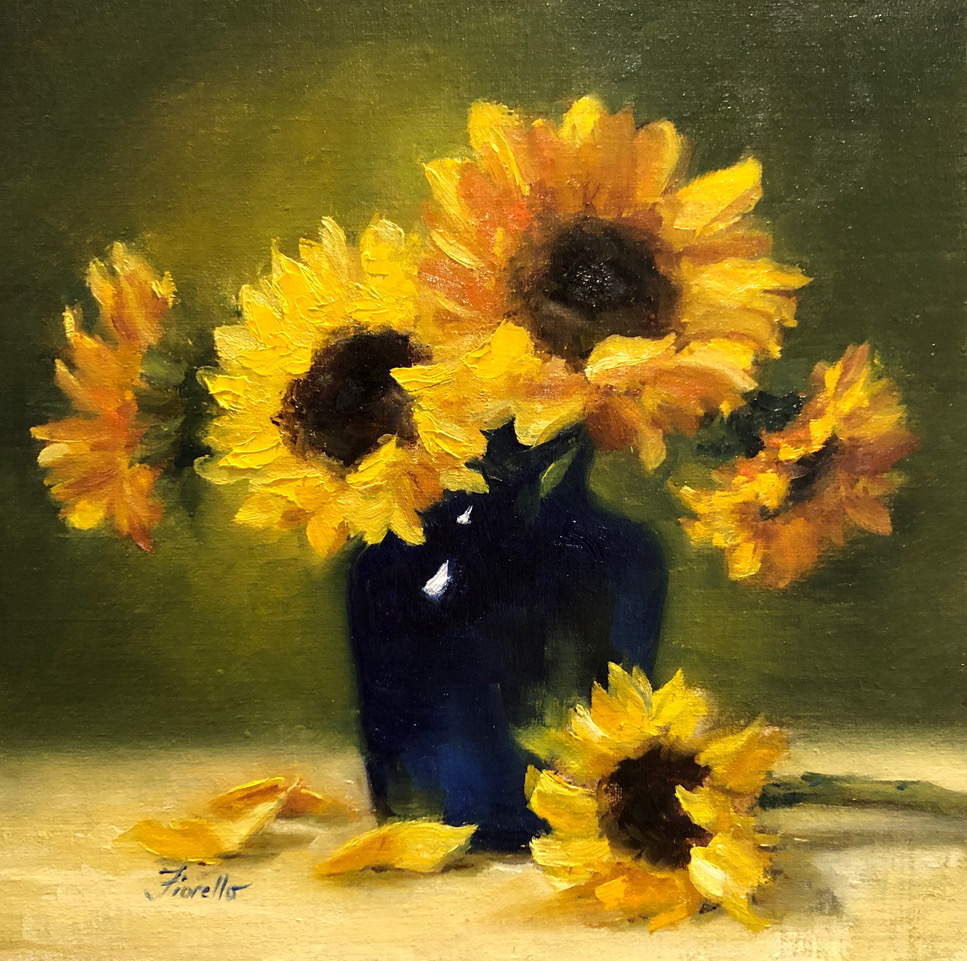
3. Pay attention to how you are mixing and avoid overmixing paints on your palette. It’s easy to go on autopilot. Be present and deliberate while you are mixing. Think about the target color you are trying to get to (darker, lighter, warmer, cooler, less chroma, or more?) and be intentional about your choices of what color you are choosing to add in, versus doing a lot of trial and error in one pile thinking you’ll eventually get there. If you mix a pile and it’s not right, then scrape it off your palette and start the mixture again. Better to waste a little paint than to be frustrated or settle for something less than you truly want.
4. Keep the color mixing area of your palette clean and organized with plenty of space to mix. When you run out of ample space, stop, and get rid of unnecessary piles. Keep a consistent order of the paint colors on your palette. You will know exactly where each paint lives after a while (like where the keys are on a piano). You won’t have to go searching in a field of chaos (which might lead you to grab a color that’s less than ideal simply because you are exasperated).
5. Be mindful of how you are applying paint to the canvas. Place the paint down on your canvas and leave it. Don’t “pet” the paint over and over which will dull the paint down. If you recognize that you have that unconscious habit, notice when you are doing it and stop yourself. Each brushstroke should have a deliberate purpose. If you keep stroking the paint because you don’t know what to do next -stop, put your brush down, and think – or even take a break- instead of mindlessly stroking the paint to death out of habit. Think of putting down one piece of paint next to another and leaving it rather than over-blending.
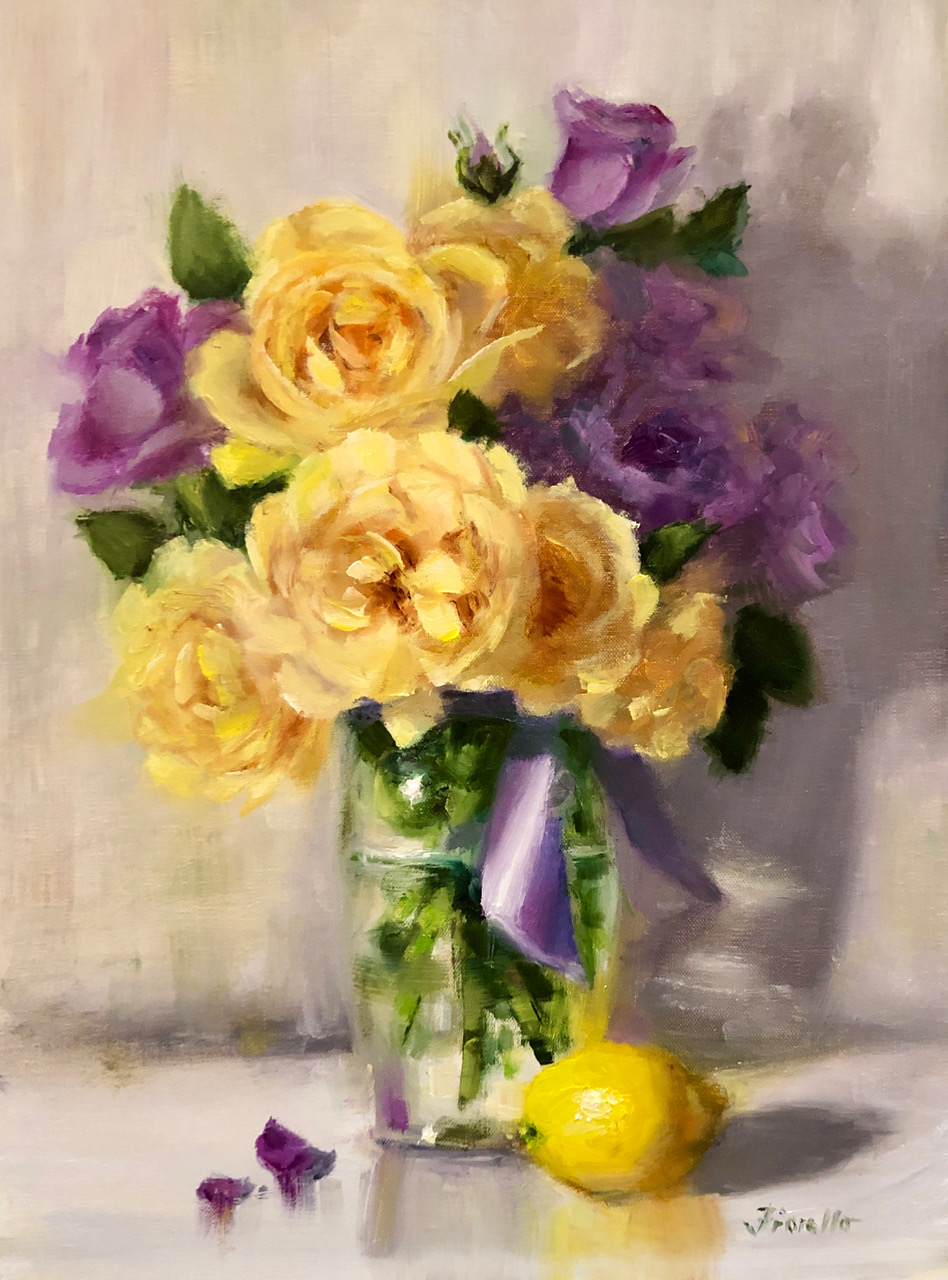
6. Avoid mixing more than three colors into any one pile. You’ll inevitably get all 3 primaries together in the mix. Some of that is fine to neutralize a color, but too many “ingredients” can get muddy, dull, and heavy, especially if several of the paints are opaque or earth pigments.
7. Work thin to thick so you are not picking up more paint than you’re putting down. If you are picking up paint as you are trying to deposit fresh paint, the two can tumble together and get murky.
8. Scrape off paint color that’s not working on your canvas rather than trying to paint over thick paint. Scrape down to the canvas and put down a fresh stroke in the correct color. Note, there are certainly times when layering is fine in glazing or indirect methods, but if you are painting directly putting good paint over bad can easily get away from you and create a big heavy mess.
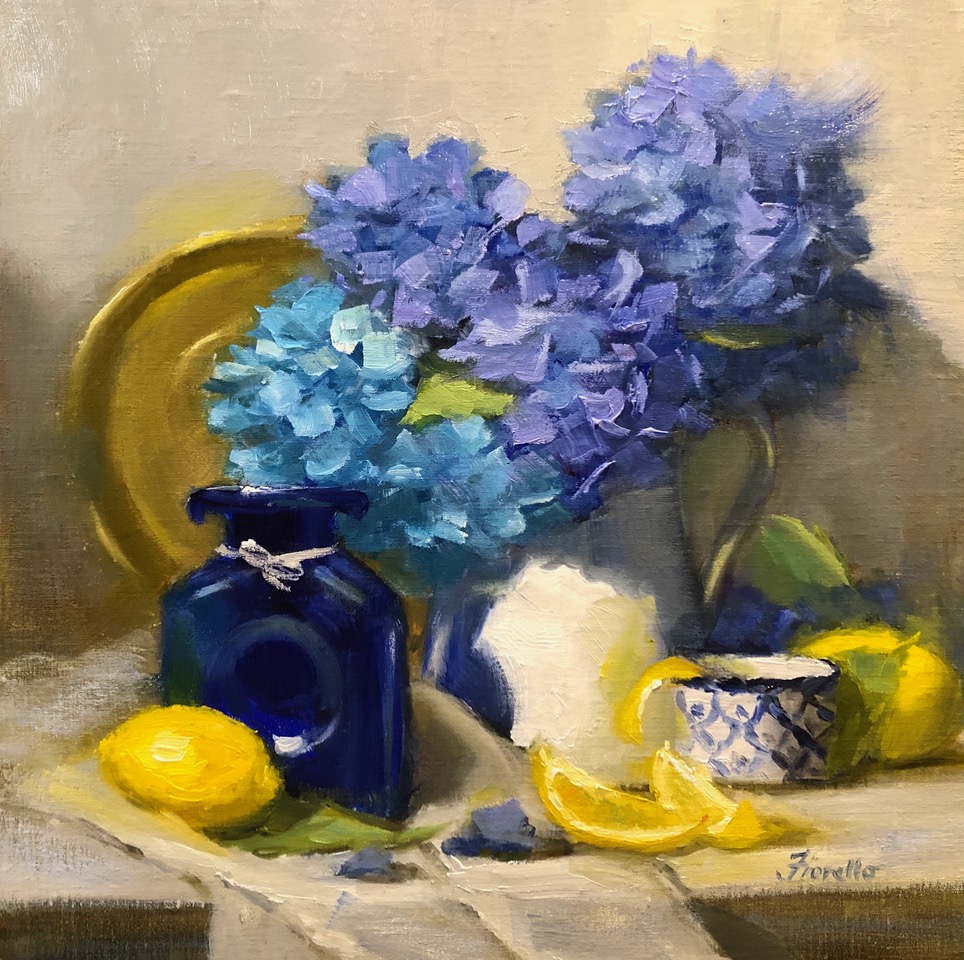
9. Try a Transparent Color Underpainting approach. This is the method I most often use for painting flowers and teach in my workshops and videos. By avoiding heavier opaque paints and white in the underpainting stage of a painting I can keep colors cleaner. I try to hold off using white paint for as long as I can in the painting. It’s easy for too much white to get things chalky and dull. I also try to minimize the use of earth colors if I can mix a comparable color or find a good substitute. For example, I now use Transparent Red Oxide instead of Burnt Sienna. The hue is very close, but the former is more transparent and feels “cleaner,” less likely to get muddy in mixtures.
10. Is it the paint or the context? Color exists in relation to the colors surrounding it. A color might appear muddy or “off” in relation to the light source or surrounding colors. As Richard Schmidt explained in his book, Alla Prima, “Muddy color always turns out to be a color which is an inappropriate temperature- a too cool color within what ought to be a warm shadow, for example.” So, if you are unhappy with a color that just looks wrong, consider the color temperature. You might experiment with changing the temperature to see if that resolves your issue.
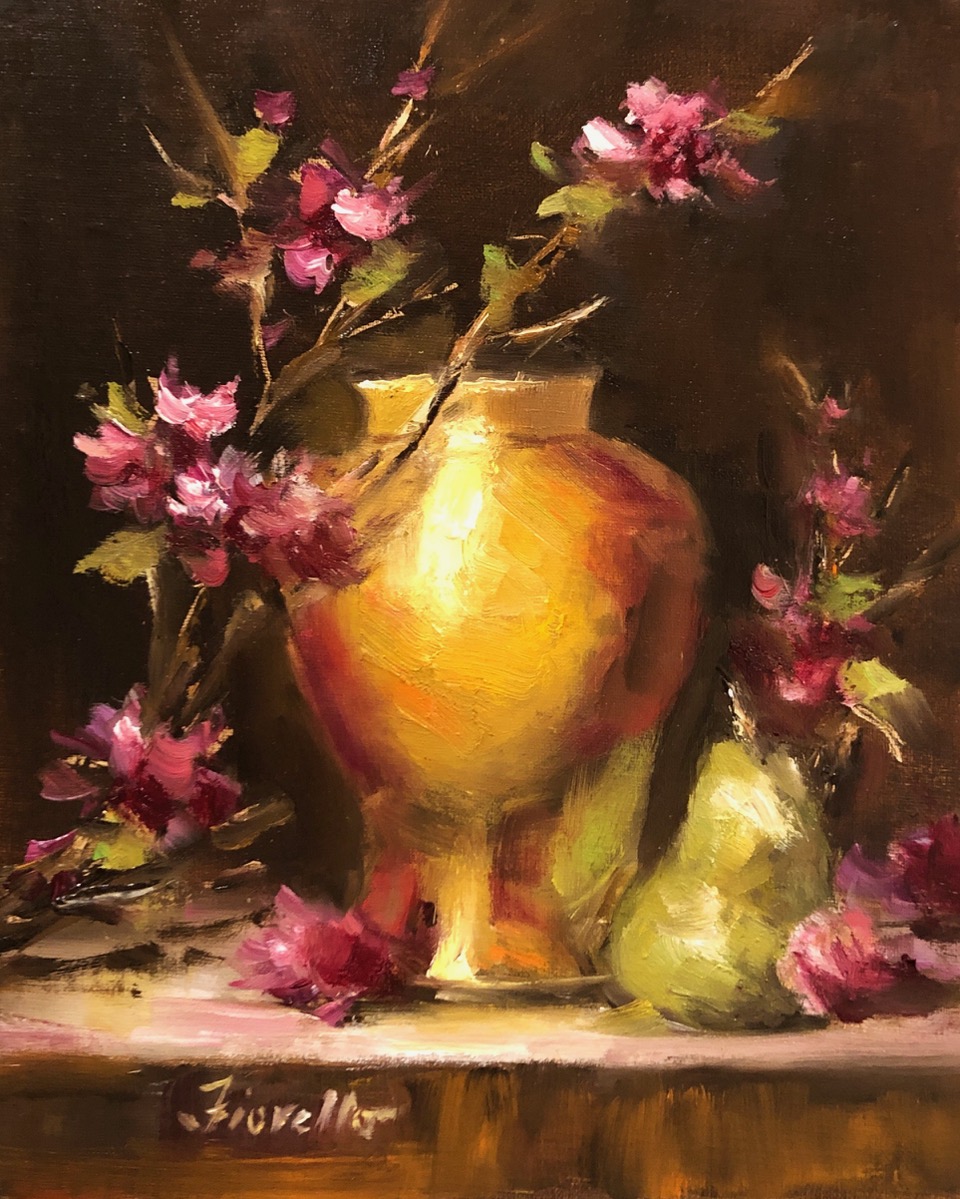
I hope by going through these tips you may have discovered a bad habit or two that you might be falling into when it comes to color mixing. To make a change, I encourage you to pick one habit to pay attention to and alter that to see if it helps elevate your color mixing.
Happy Painting!
P.S.
If you’re curious about how I apply this color mixing theory to create my most vibrant paintings, check out my latest video course, Vibrant Flowers – Paint Your Garden. In this course, I dive deep into my “T.C.U. Method” and the most common mistake I see artists make — and, of course, I show you how to steer clear of it. If you’ve ever been intimidated by painting flowers, be sure to check it out.
Connect with Pat Fiorello at patfiorello.com.


